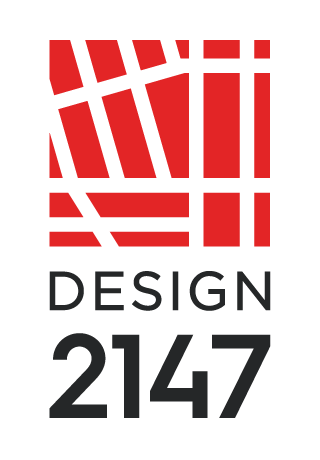Whenever an application for work is filed with the Department of Buildings (DOB), applicants are required to advise whether the scope of the proposed work triggers the requirement for an asbestos investigation, and whether the results of the investigation indicate the Asbestos Containing Material (ACM) is present. See below the requirements related to asbestos reporting:
Exempt
If the scope of the proposed work is exempt from investigation requirements, the applicant signals this by selecting “The scope of work is exempt from the asbestos requirement as defined in the regulations promulgated by the NYC Department of Environmental Protection (DEP) (15 RCNY 1-23(b)) or is an alteration to a building constructed pursuant to plans submitted for approval on or after April 1, 1987, in accordance with §28-106.1” on the PW-1 form.
Asbestos Investigation Required
In cases where an asbestos investigation is required, it is necessary to retain a Licensed Asbestos Investigator to visit the job site. The investigator will use the design professional’s drawing to determine where suspected ACMs might be disturbed by the proposed work. Samples of the ACMs are sent to a laboratory where a scientific determination is made.
- If asbestos is not present or will not be disturbed, an ACP-5 form describing the scope of the proposed work and the sampling that took place is issued by the investigator. The applicant signals the noted results by selecting the statement “The scope of work is not an asbestos project as defined in the regulations of the NYC DEP” and provides the DEP ACP-5 Control Number on the PW-1 form. An original ACP-5 form must submitted prior to plan approval by the DOB.
- If ACM is discovered, it must be abated before work can commence. The applicant selects “The scope of work requires related asbestos abatement as defined in the regulations of the NYC Department of Environmental Protection (DEP)” on the PW-1 form which generates a requirement to provide an ACP-20, ACP-21 or ACP-5, prior to the issuance of any work permits. No documentation is required prior to plan approval.
Sometimes abatement is possible without the need for a DOB work permit, as in cases where ACM is found in pipe insulation, caulking materials or surface finishes. In those instances, the removal takes place ahead of permit issuance. Upon completion, the investigator re-checks and if the previously identified materials are removed, issues an ACP-5 form which can be submitted to secure work permits.
In other instances, a work permit is necessary to access the ACM or the work is phased such that abatement can only occur after the initial start of work. The DOB and DEP created a special review unit to address these conditions called the Asbestos Technical Review Unit (ATRU). This group reviews requests of this type upon submission to them of an Asbestos Variance Application (ACP-9) by the investigator or abatement contractor. Depending on site-specific conditions, they may also need to submit a Work Place Safety Plan. The ATRU Unit may also authorize limited scope of work to allow access to the ACM so it may be abated prior to the issuance of a DOB permit.
Depending on the exact situation, the ATRU Unit will signal an authorization to issue permits by providing an ACP-20, ACP-21 or V5 form which must be submitted to the DOB. The ACP-20 and ACP-21 forms are generally used where the work is carried out in phases. Upon completion of abatement for each phase, an ACP-20 is issued. When the final phase of abatement is complete, an ACP-21 is issued. The V5 summarizes the conditions of the variance typically listing how many phases of abatement the project will consist of an identify how may ACP-20 forms must be provided to the DOB prior to the work permit signoff. To secure a work permit, the DOB requires only the initial ACP-20, or the V5 form indicating that the first phase of the project requires no abatement.

